Physical Therapy Services
Your Appointment location is your choice.
When you call for an appointment or complete the intake form, choose the location that works best for you: office, home, or other.
PT by Carol is tailored to your specific condition, simple or complex, common or rare. These are just some of the most common problems treated. I will give you an individual, one on one assessment, and you will receive a treatment plan based on your personal needs.
Most Commonly Treated Conditions
SPINAL DISORDERS:
You might have suffered a recent injury, or have a long-term problem. Your neck, upper, or low back pain may be severe, or just a nagging annoyance. Many spine conditions can be accurately assessed with careful listening, appropriate clinical tests, and manual examination techniques. Testing includes nerves, muscles, ligaments, and movement patterns. Often success in treating spine pain with physical therapy makes an expensive MRI unneeded. Spine conditions treated include:
SI (sacroiliac) pain
Disc bulges/herniation
Spinal stenosis
Spondylosis/ Spondylolisthesis
Osteoporosis
Post-surgical rehab
Scoliosis
Postural asymmetries/dysfunction
Piriformis syndrome
Lumbo/pelvic pain, Pelvic floor dysfunction
Sciatica
Whiplash
Sprains/strains
LOWER QUARTER CONDITIONS:
Have you tweaked a knee or ankle? Do you have hip pain when you walk, go up and down stairs or try to sleep? Maybe a foot issue is keeping you from being as active as you'd like to be. Common lower limb conditions that can be helped include:
hip impingement, bursitis
Ligament, tendon injury, or post-surgery rehab
Knee meniscus tears
Post-fracture rehab
Sports/orthopedic injuries
Total joint replacement
Osteoarthritis
Patello-femoral pain/dysfunction
Plantar fascitis
Tendinitis: achilles, peroneal, "shin splints,"
Bunions, hammertoes, and other painful foot deformities
UPPER QUARTER CONDITIONS:
Are you a "weekend warrior" with a shoulder injury? Maybe you have acute arm pain whether from an incident or "I have no idea what I did." Sometimes arm numbness, tingling, or intermittent pain with certain movements can indicate a problem with a tendon, nerve, joint, or ligament. Perhaps you just have muscle tightness or pain that just won't relax. Let's figure out the culprit and design a precise program to get you better. Common upper limb problems include:
Rotator cuff injuries
Shoulder tendonitis or impingement
Thoracic outlet syndrome
A/C joint injuries
Adhesive capsulitis ("frozen shoulder")
Post-surgical rehab
Post fracture rehab
Tennis or golfer's elbow (lateral or medial epicondylitis)
Carpal tunnel syndrome
OTHER DIAGNOSES:
Besides orthopedic conditions, PT can successfully treat other movement disorders. Some examples are:
Vestibular dysfunction
Neurological diseases such as Parkinson's, MS, ALS,
Balance issues
MEDICAL WELLNESS:
Would you like to become more active, improve your strength, endurance, or overall fitness, but have a past injury that is vulnerable? Maybe it's hard to exercise without stirring up that intermittent problem, or you have some arthritis, or degeneration that you don't want to worsen, so you just keep thinking, "Someday I'll get moving..." Skilled, knowledgeable help is available to help you to improve your fitness and meet your goals, without further injury. Whether you just want to be able to get the groceries unloaded easily, keep up with your kids on a hike, or improve your activity level without the risk of hurting something.
Safe fitness activities for people with a medical condition, or previous injury either acute or chronic
Improved strength, endurance, and overall fitness without pain
TREATMENTS AVAILABLE:
Complete physical therapy evaluation including Postural Restoration assessment (see FAQ) when indicated
Pain relieving modalities such as ultrasound, electrical stimulation, or traction
Manual techniques: soft tissue mobilization, massage, joint mobilization for improved joint movement or alignment, scar/adhesion management
Instruction in specific therapeutic exercises to target your individual needs
Education about your specific condition and how you can care for yourself




